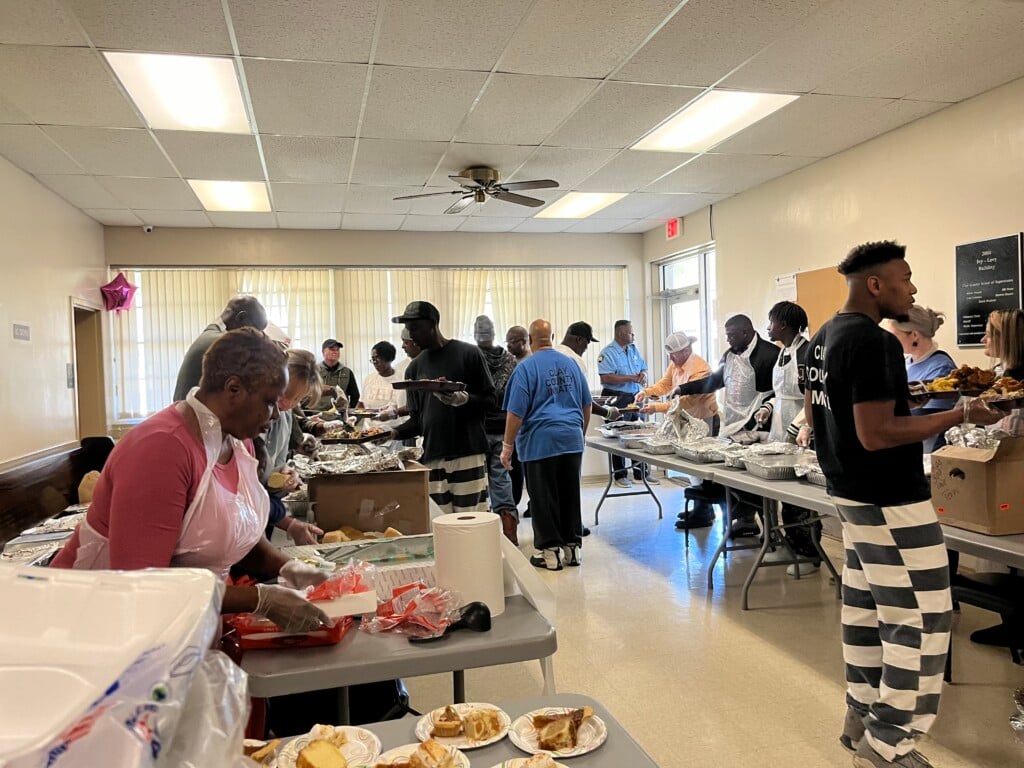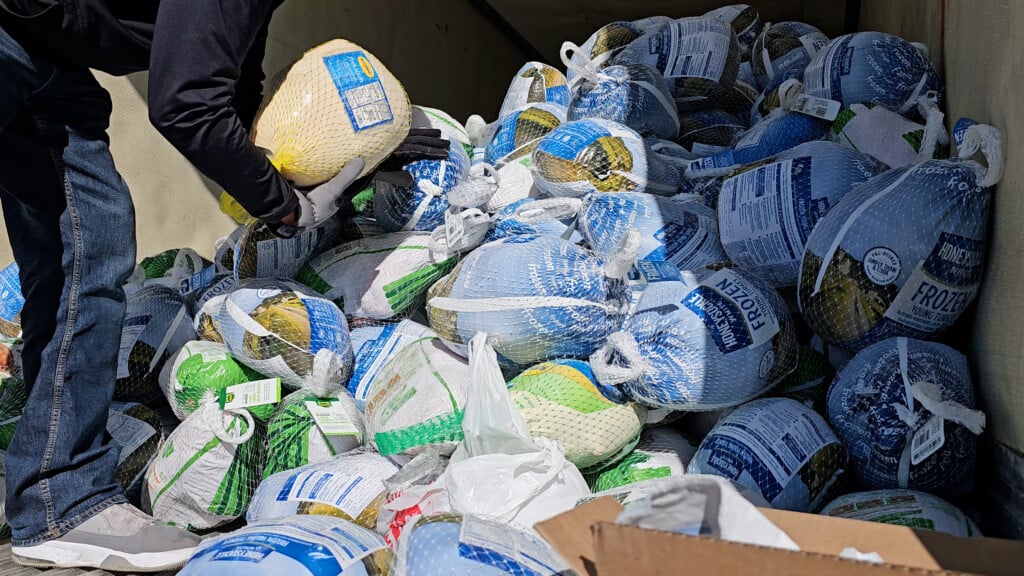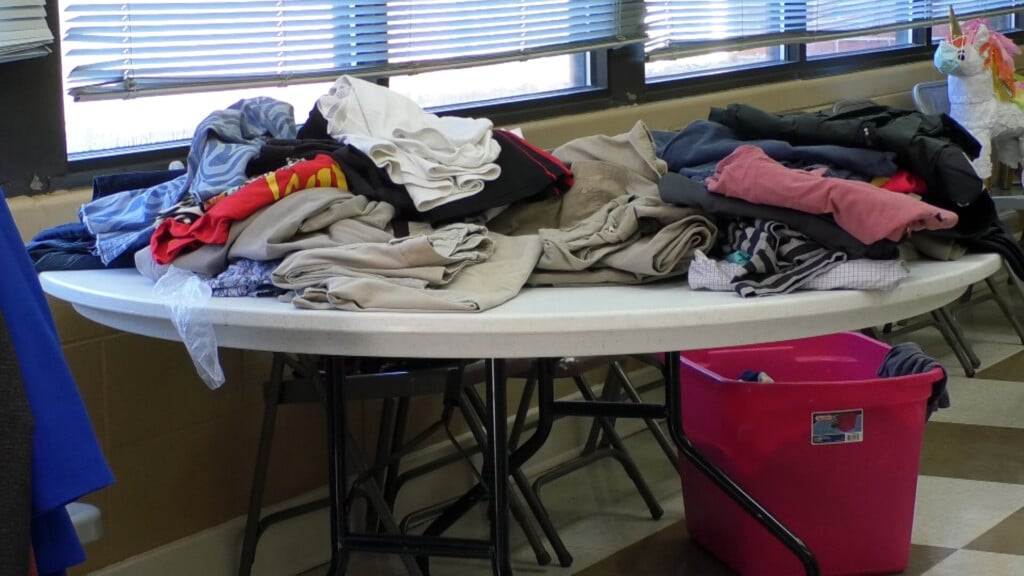Video: A Rebirth Of Economic Development in Winston County
WINSTON COUNTY, Miss. (WCBI) – The Winston Plywood and Veneer facility represents the rebirth of many things, including economic development.
The company could have relocated anywhere in North America, but chose to return to Louisville, where it purchased the old Georgia Pacific facility, months before the deadly twister.
The facility is the size of more than four college football fields combined and provides jobs to hundreds of people.
These Winston Plywood and Veneer employees express just how excited the community is about the plant.
“While the facility was lost, the community was not, and so we had a great opportunity to work with the community leaders, to work with the state, and to get some funding and support that we needed to put in what is a $130 million dollar, brand new facility. The newest facility in the last twenty years in the plywood industry,” says CEO Jon Pierce.
From pieces of twisted metal scattered across the landscape, to a 300,000 square foot showplace, is a journey some feared might not happen.
“In less than three years, after a devastating storm back in 2014, they’re back in operations. A 100 plus million dollar private capital investment, 400 hundred jobs for people in Louisville, Winston County, and this part of Mississippi. Great success story,” says Mississippi Development Authority Executive Director, Glenn McCullough.
A great success story, with even more to look forward to.
“We have a certain revenue base that we get and we build on that and what happens is, for every dollar we pay out, what happens is, it gets turned over about two in a half more times, so that dollar gets transferred again, again, and a half again,” says Pierce.
That doubling of dollars not only benefits Winston Plywood, but also the people around it.
“It’s wonderful to know that it’s not just money that we’re spending in the community and we’re providing in the way of wages, but it’s actually money that expands the community and the overall economic strength of the community,” says Pierce.
Pierce also says they’re still in the process of growing.
At full production the plant expects to employ 400 people.





Leave a Reply